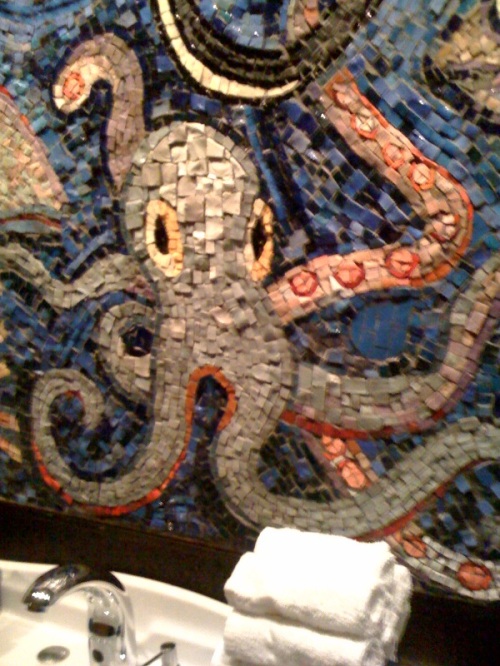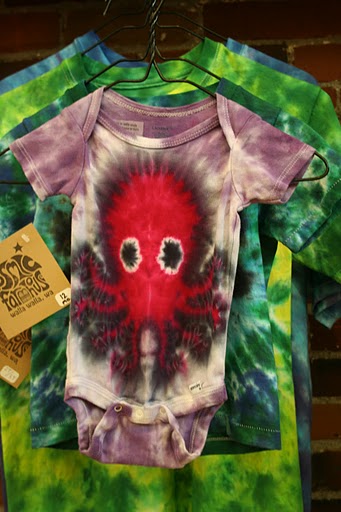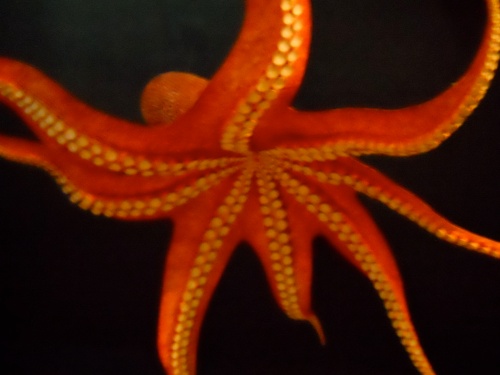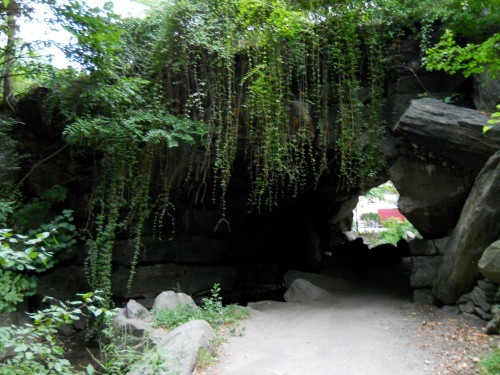Looks like I’ve been passed up for a MacArthur grant again this year. Sigh.
It’s easier to get over it, though, when such cool people are being honored with this big chunk of cash. Kelly Benoit-Bird, one of this year’s geniuses, does squid research! She does other things, too, of course. In her own words,
all of our research aims to understand the role of spatial and temporal patterns in ecological processes at spatial scales ranging from sub-meter to hundreds of kilometers, at temporal scales of minutes to years, and over a range of animal size from zooplankton to great whales.
She uses cool acoustical techniques to be able to track squid in real time. In this article about her work with the Humboldt squid, I was really fascinated that the frequencies found that worked for bouncing off of squid flesh were probably reflecting off the braincase, but possibly also the teeth on their suckers.
Humboldt squid are important to study these days because their range is expanding northward, perhaps because of overfishing and climate change. They were also the featured animal in an episode of NatGeo’s Dangerous Encounters, which I sadly missed but hope I can see in the future. The teaser videos alone are pretty great.
You can also watch this segment about them from KQED. Please ignore that they called called fish by that one guy.









































